Here are five hunting tips you didn’t know you needed to know…
by Joe Byers for HuntDaily; hunting photography by Rob Reaser
Alright, folks. It’s game on! Our western friends are already dropping mulies, elk, and pronghorns, and the can’t-wait-to-get-to-it crowds east of the Mississippi are filling their bags with doves and squirrels. Whitetail bow season is almost upon us, and the rut is not far behind.
Are you ready? If not, here are some tips to consider before you head to the store and resupply this season…
These Aren’t Your Grandpa’s Camos
Polyester may have gotten a bad rap in the 1970s (or maybe a justifiable rap, depending on how you look at it), but today’s high-performance hunting clothes are more likely to be made of polyester or a polyester/cotton blend rather than 100-percent cotton. Here is why you may want to ditch the cotton camos and make the switch to polyester and scent-blocking technology this year.
As you browse through new camouflage clothing this year, you’ll quickly notice new patterns…lots of new patterns. A recent internet search turned up 15 separate camo designs. Also, the industry is making a hard right turn away from leaves and branches in favor of patterns that will blend into open environments. Some systems come as performance gear that may be waterproof, windproof, moisture wicking, and help control human odor. Talk about multi-tasking. Look for these new styles and fabrics to do to old-school cotton camo what Under Armor did to the cotton t-shirt.
Tree Stands vs. Ground Blinds: The Debate is Over
It has been a long-standing argument in hunting camps—which is better: tree stands or ground blinds? Well, we’re here to tell you that the answer is BOTH, and here’s why.
Once upon a time, the only way to beat a deer’s nose was to climb above the wind currents, but thanks to innovative hunting clothes, as mentioned above, hunters can control their scent to the point that wind direction becomes less important. Climbers and hang-on stands have gotten about as light as they can safely become, and hunters seem more interested in ladder and double-style stands that are often easier to setup, easier to climb into, and provide the kind of comfort that allows a sportsman to spend all day in the stand. Sitting 16 feet above the forest floor offers a euphoric feeling that’s both an effective hunting strategy and just plain fun.
That said, ground blinds continue to be innovative, and many hunters now prefer them. No climbing or safety gear is needed. Best of all, a hunter can sit in a comfortable seat, move without being seen, and thrill to game animals standing at point blank range. By brushing in a blind, whitetails pay little attention to the ground structures, and wild turkeys are totally oblivious to the hunter’s presence. Ground blinds are wonderful for introducing young or new hunters to the sport since you can talk softly and coach them through the shooting process.
Whitetail Hunting’s Most Overlooked Optics
When most hunters think of optics, thoughts turn to rifle scopes. While scopes are must-haves for 99.99 percent of deer hunters who go afield with centerfire or muzzleloading rifles, the two optics that can be real game-changers for gun and bowhunters alike are range finders and compact binoculars. Many hunters overlook these items for hunting the whitetail woods, but they shouldn’t because knowing the exact distance is critical to bow and muzzleloader hunters, and to those hunting in more open areas or shotgun-only states. Savvy sportsmen build realistic practice into their hunting preparation, and range estimation is essential. Today’s new rangefinders are compact, often fitting in a breast pocket or tethering to your coat, making them quick to access and operate with the push of a button. Some models illuminate in low light situations when those critical yardages are needed the most.
Compact binoculars make you a more effective hunter and add great enjoyment to the outdoors. If a Cooper’s hawk lands in a nearby tree, the ability to look it squarely in the eye is a memorable experience. Additionally, binoculars allow you to see and identify game when it first emerges with far less movement than swinging a rifle scope. If you hunt in states or under local antler point restrictions, you want to quickly eliminate non-shooter bucks and focus your attention on other prospects. Once you identify a shooter buck, let the binos rest against your coat and concentrate 100 percent on making the shot.
“One and Done?” Don’t Believe It
Hunting is a challenge. If it weren’t so, everyone would do it. Yet as much as we are up to the challenges of pursuing big game, we are always looking for that “one and done” solution to just about everything. This is especially true when it comes to scent elimination. Although there are many great products on the market today that are designed to reduce your odor signature, the fact is that there are no silver bullets to tackling this persistent issue. The optimal scent control strategy for whitetail hunters is to reduce human scent to a degree that it does not panic deer. Think of scent like sound. If a buck hears a dog bark a quarter-mile away, it may raise its head, alert toward the sound, but not run. However, if the buck hears that dog bark at 100 yards, its behavior will immediately change. Deer may become accustomed to a small amount of human scent, but elevated amounts, like the dog barking close by, spooks them.
Develop good habits to capitalize on scent control. Spray your clothing with a scent elimination spray, hang them outside overnight, and then store them and your boots in a plastic tub. Remember that your vehicle’s interior is loaded with the smells, so if you drive with your boots on, you’ll lay down a scent trail wherever you walk. Use scent elimination spray on your hunting equipment—in particular your pull-up rope, if you hunt from a stand. As your hands touch that important string, it becomes a wick of human odor. Pay attention to the wind and hunt in a position where approaching game is most likely to appear upwind of your location. On a “bad wind” day, many deer will spook long before you see them. Finally, watch the videos that often highlight how to best use a product. YouTube and factory clips show how to maximize each product’s effectiveness.
The “No Compromise” Component
The annual hunting gear refit is an exercise in balance—we need this product to do this job, and we can only spend this much money on it because there are five or ten more pieces of equipment we need before season starts. As a result, we make choices between price, performance, and quality. One item, however, where this strategy doesn’t work so well is hunting boots. Here, it pays to cut costs somewhere else and purchase the absolute best you can afford. Doing this will save you money in the long run, and will ensure a more comfortable and productive time in the field. If it’s time for you to replace your footgear, here’s what to look for…
Fit is paramount in any type of footwear. Even if a new whiz-bang boot had built-in scent-elimination soles, it would be a mistake to buy them if the boot causes blisters. Many active hunters buy boots a size larger than their shoe size if they plan to wear heavy socks (today’s merino wool socks can keep your feet comfortable in hot and cold temperatures). Waterproofing is the next most important factor. Even with un-insulated, early-season footwear, you will probably walk through damp vegetation and soon have wet feet. Quality boots feature a waterproof membrane that makes the extra expense a smart choice. Finally, consider insulation or the lack thereof. Tall rubber boots are ideal for early-to-mid-season hunting since they are naturally waterproof and allow you to wade through small streams and swampy places while keeping your feet dry. Late-season hunts in snow and extreme conditions require heavily insulated boots. The models that have a removable insulating bootie are easy to dry out and an excellent option for repeated use. In really cold weather, carrying a change of warm socks can make a tremendous difference in your staying power.
EDITOR’S NOTE: A successful hunting season is all about planning and preparing first, then executing that plan once you’re in the field. Paying extra attention to these five gear categories this year will go a long way toward ensuring you have an enjoyable and memorable hunt this year. Of course, this isn’t a comprehensive list of gear categories. For a deeper dive into the latest available hunting gear, with categories segmented for easy shopping, check out the Sportsman’s Guide Whitetail Universe Plan & Prep.
SOURCE
article copyright © 2016 by HuntDaily.com; promoted by Sportsman’s Guide, Inc.

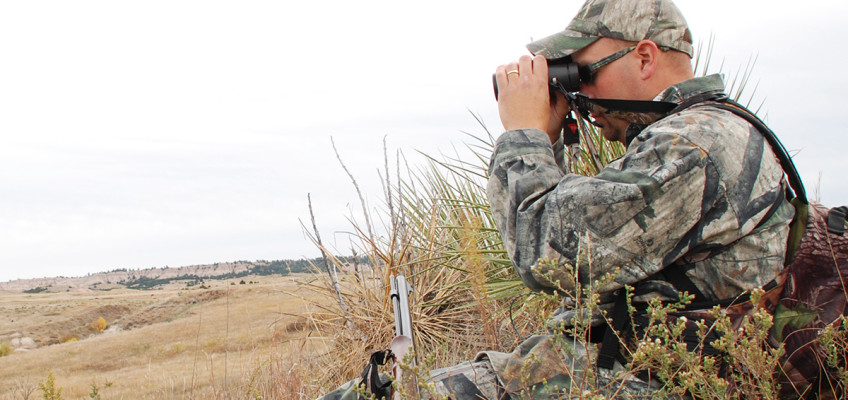
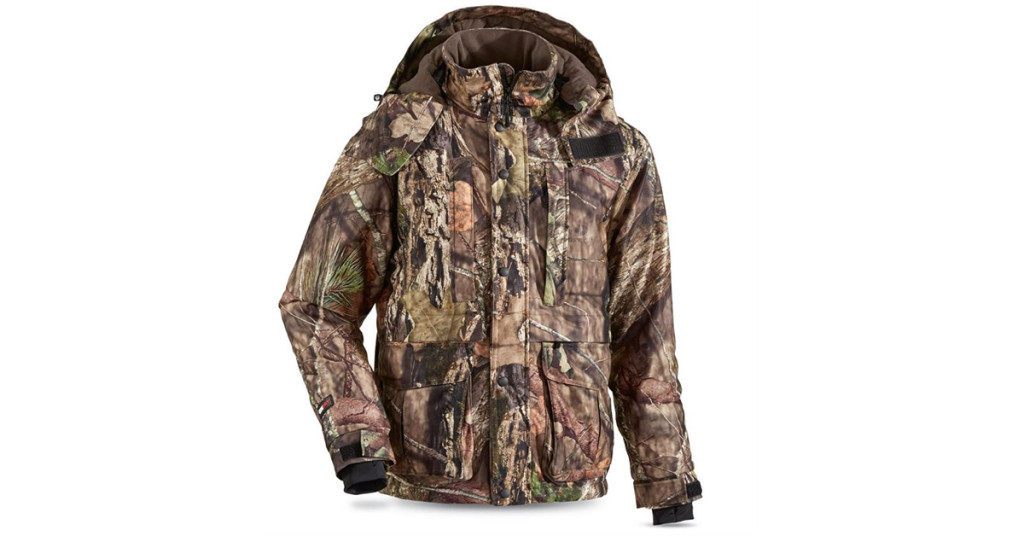
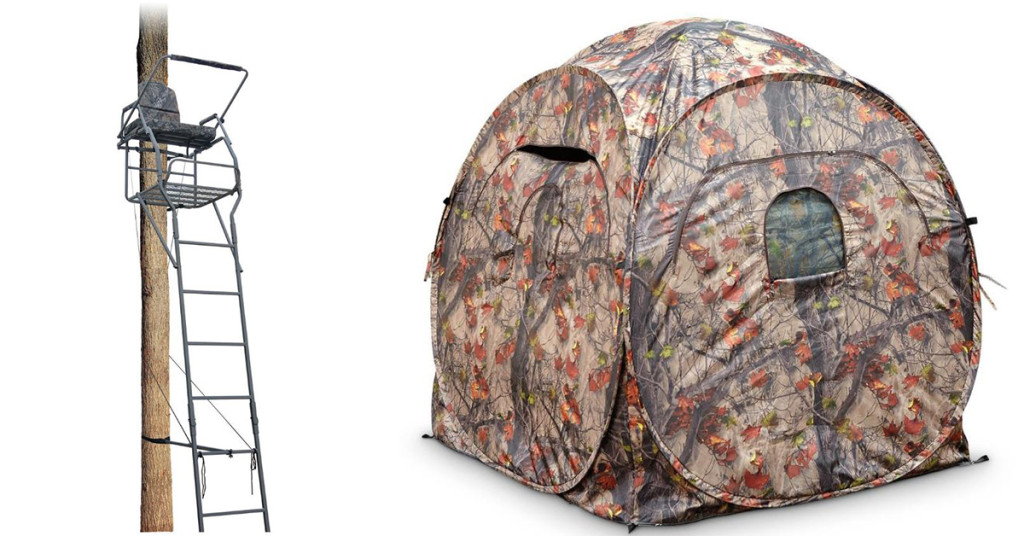
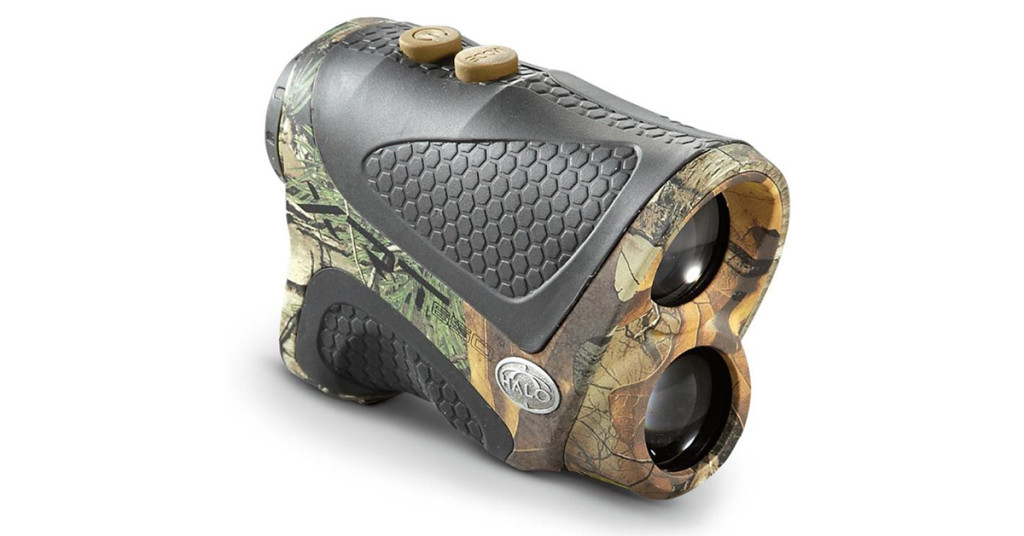
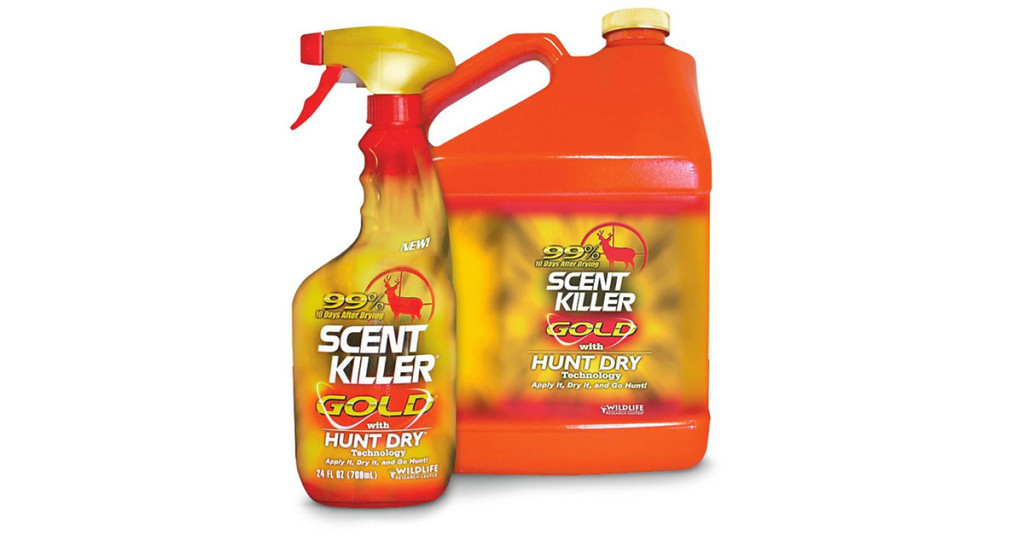
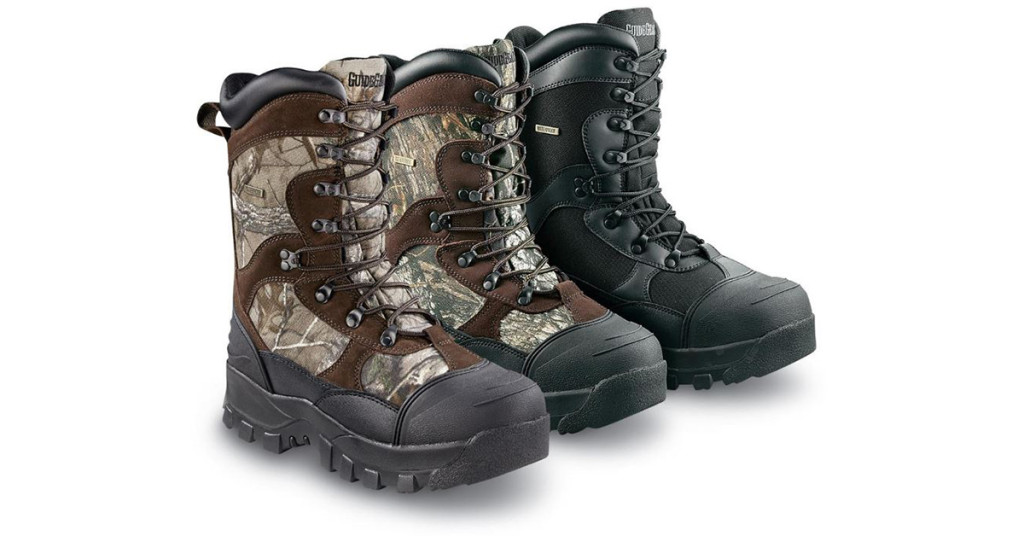
Leave a Reply